The Emotional Benefits of Therapeutic Massage
August 14, 2025
10 min

Introduction to the Emotional Rewards of Massage
Therapeutic massage is widely appreciated for its physical health benefits, but its profound impact on emotional and mental well-being is equally compelling. This article explores how massage therapy acts as a holistic approach improving mood, reducing stress, anxiety, and depression, and fostering emotional release. Supported by scientific research and therapeutic practices, massage serves as a powerful tool for nurturing mental health, relaxation, and emotional resilience.
Core Mental Health Benefits of Therapeutic Massage
What are the main mental health benefits of therapeutic massage?
Therapeutic massage provides notable mental health advantages by actively reducing feelings of stress, anxiety, and depression. It encourages deep relaxation and emotional release, which helps calm the nervous system and manage mental health challenges.
One of its significant impacts is lowering cortisol, the body’s primary stress hormone. Reduced cortisol levels help diminish stress-related symptoms and promote a sense of calm. At the same time, massage stimulates the release of mood-enhancing neurochemicals such as endorphins, serotonin, and dopamine. These chemicals are responsible for elevating mood, reducing pain, and fostering feelings of happiness and well-being.
Massage therapy also strengthens emotional connection and feelings of comfort. The nurturing environment, often enhanced with calming elements like soothing music, aromatherapy, and natural surroundings, further supports emotional balance.
Beyond immediate relaxation, regular massage can improve sleep quality, which is essential for mental health. Better sleep supports emotional regulation and mental clarity, especially for those with chronic stress or mood disorders.
Research also shows that massage elevates brain neurotransmitters involved in mood regulation, making it a useful complement or adjunct to conventional mental health treatments. Its capacity to modulate the neuroendocrine system — including increasing serotonin and dopamine levels — helps combat symptoms related to depression and seasonal affective disorder.
Moreover, massage enhances immune function by reducing stress chemicals on a physiological level, helping the body manage illness and emotional resilience more effectively.
In summary, therapeutic massage supports mental health by alleviating emotional tension, boosting happiness-related chemicals, improving sleep, and strengthening overall psychological resilience. Regular sessions can lead to long-term mood stabilization and a greater sense of mental wellness, making it a valuable tool for mental health maintenance and recovery.
Massage Therapy's Role in Alleviating Stress, Anxiety, and Depression

How can massage therapy help reduce stress, anxiety, and depression?
Massage therapy offers powerful benefits for mental health by engaging several physiological and neurochemical pathways in the body. One of the primary ways it helps is through activation of the parasympathetic nervous system, often called the 'rest and digest' system. This activation promotes relaxation, decreases heart rate, lowers blood pressure, and reduces the production of stress hormones like cortisol and norepinephrine.
Simultaneously, massage stimulates the release of mood-enhancing neurotransmitters such as serotonin and dopamine. These chemicals contribute to feelings of happiness, calmness, and emotional stability. Increased levels of oxytocin, also induced by massage, help foster social bonding and reduce feelings of fear or isolation.
Scientific studies using neuroimaging tools have shown that massage influences brain activity associated with relaxation and positive affect. Functional MRI scans indicate decreased activity in brain regions tied to stress and anxiety, alongside increased activity in areas linked to reward and emotional regulation.
Furthermore, massage provides significant emotional benefits by fostering a sense of calm, connection, and self-care. This can help diminish symptoms of depression and anxiety, especially when combined with other mental health strategies.
In sum, massage therapy decreases physical and psychological stress via hormonal regulation and neurotransmitter shifts, while also influencing brain activity to promote a more positive, relaxed state. As a safe and effective complementary treatment, it supports emotional balance and enhances overall well-being for individuals experiencing mental health challenges.
Emotional Release Through Therapeutic Massage: Mechanisms and Benefits
How does massage promote emotional release?
Massage therapy is a powerful tool for releasing trapped emotions stored within the body. During a session, the physical manipulation of soft tissues such as muscles and fascia helps unlock these emotional blockages. Techniques like deep tissue massage, craniosacral therapy, and myofascial release target areas where emotional tension often resides.
Through gentle and deliberate manipulation, clients may experience physical expressions such as tears, laughter, or shaking. These reactions are natural signs that emotional energies are being released and processed. This process not only alleviates physical tension but also leads to mental clarity and emotional relief.
What is the relationship between physical tension and fascia?
Fascia, the connective tissue surrounding muscles and organs, plays a significant role in emotional storage. When fascia becomes tight or restricted due to stress, trauma, or injury, it can tether emotional energies, creating physical tension that manifests as pain or discomfort. Massage techniques that focus on fascia help to relax and lengthen these tissues, facilitating emotional and physical liberation.
How do deep tissue and craniosacral techniques help in emotional release?
Deep tissue massage works on the deeper layers of muscles and connective tissues, easing chronic tension and facilitating emotional unloading. Craniosacral therapy, focusing on gentle, rhythmic movements around the head and spine, encourages the release of deeply held emotional memories and stresses. These methods create a calming effect that supports ongoing emotional processing.
Which emotions are often involved in the release?
Clients may experience a range of emotions, including grief, anger, sadness, or relief during massage sessions. These feelings are part of the healing journey, allowing individuals to confront and process unresolved emotional issues in a safe and supportive environment.
What are the healing and mental clarity benefits?
Releasing stored emotions through massage often leads to improved mental clarity. Clients report feeling lighter, more centered, and more emotionally balanced. The release process can also diminish anxiety and depression symptoms, fostering a state of calm and emotional stability.
How does the environment foster safety and awareness?
A safe, quiet space with calming elements like soft lighting, aromatherapy, and relaxing music enhances the massage experience. Encouraging clients to cultivate awareness of their body and emotions during therapy helps facilitate deeper emotional release. This environment promotes trust and openness, essential for effective emotional healing.
Massage as a Tool for Trauma Release and Emotional Healing
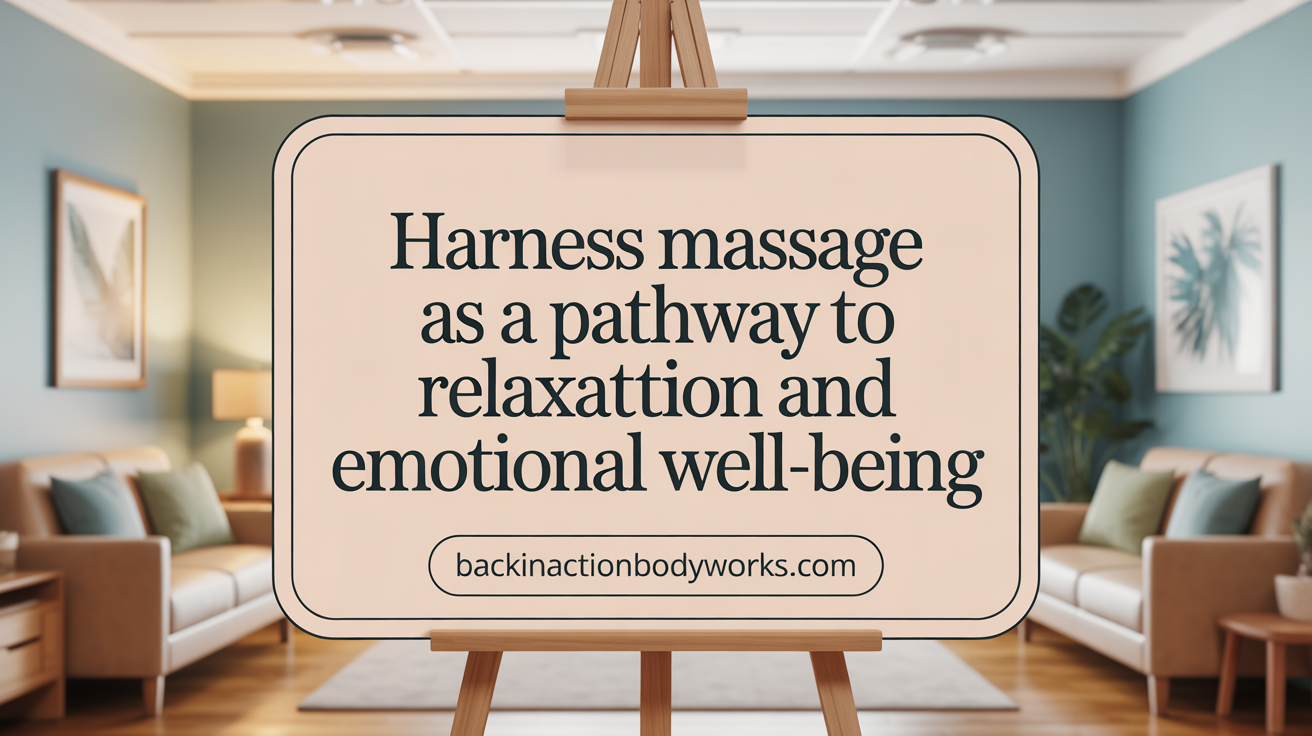
Can massage therapy help release trauma?
Yes, massage therapy can play a significant role in releasing trauma by addressing the physical signs of emotional neglect and early-life burdens. Many trauma survivors carry chronic muscle tension, pain, and somatic symptoms like headaches, insomnia, or chronic fatigue, which are often manifestations of stored emotional distress.
Through skilled therapeutic touch and bodywork techniques, massage helps to facilitate emotional release and promote a sense of safety within the body. It can relax tissues that hold emotional energy, making it easier for individuals to process past experiences and reduce physical and emotional tension.
Massage supports emotional regulation by breaking down residual feelings of guilt, shame, or unworthiness that frequently burden trauma survivors, especially those with a history of parentification or emotional neglect. It encourages a mindful connection with bodily sensations, fostering embodied awareness.
While massage alone may not resolve complex trauma entirely, when combined with other somatic practices such as breathwork, mindfulness, and embodiment exercises, it becomes a critical component of holistic healing. This integration helps clients reconnect with their bodies, release stored tension, and build resilience.
Overall, massage therapy offers a gentle, supportive pathway for trauma survivors to reconnect with their physical selves, release emotional burdens, and foster a sense of well-being and safety—an essential foundation for ongoing emotional healing.
Selecting Massage Techniques That Enhance Emotional Well-Being

What types of massage are best for emotional release and mood improvement?
Massage therapy offers various styles, each contributing differently to emotional health. For those seeking emotional release and mood enhancement, certain techniques stand out.
Shiatsu and Swedish massage are particularly effective. Shiatsu uses gentle pressure along energy pathways to promote emotional and physical calmness, helping to reduce stress and tension. This method nurtures relaxation by balancing the body's energy flow, leading to decreased feelings of anxiety.
Swedish massage, with its flowing strokes, kneading, and gentle circular movements, encourages muscle relaxation and improves circulation. These physical benefits often translate into elevated mood and decreased emotional distress, making it ideal for mood improvement.
While deep tissue massage effectively relieves muscle tightness and treats injuries, its intense pressure can sometimes cause soreness or emotional discomfort if not carefully tailored. Therefore, it’s less suitable solely for emotional and mood benefits.
In summary, gentle techniques like shiatsu and Swedish massage are preferred for emotional release and enhancing overall well-being. They foster relaxation, promote emotional balance, and contribute to a sense of happiness and calmness, supporting mental health holistically.
Understanding the Spectrum of Emotions Unlocked During Massage Sessions

What range of emotions might be released during a massage session?
During a massage, clients often experience a surprising variety of emotional responses. These can include tears, sobbing, laughter, shaking, or feelings of grief and sadness. Some may feel anger or fear surfacing, while others might simply feel a profound sense of peace and relief.
This emotional release is a normal part of the healing process. Even individuals who have previously undergone massages can experience intermittent emotional shifts. These reactions often occur because the massage targets not only physical tension but also stored emotional trauma within the body.
Massage techniques help release physical tension and also work on emotional blocks that may have been held for years. These releases can happen spontaneously or be encouraged through specific touch and pressure points, acting as gateways for emotional healing.
The process of emotional release during massage plays a vital role in overall well-being. It allows the body to let go of pent-up feelings, often facilitating a sense of catharsis and greater mental clarity. Such experiences, though sometimes intense, are beneficial and contribute significantly to physical, mental, and emotional health.
How does body-emotion connection influence healing?
Research shows that emotional and physical health are deeply interconnected. Bodywork like massage helps access this connection by relaxing tissues holding emotional energy. When tension is released physically, it often leads to emotional breakthroughs, helping individuals process emotions more easily.
This link underscores the importance of viewing massage therapy as a holistic approach that addresses both body and mind. Emotional release during massage not only provides immediate relief but also promotes long-term emotional resilience and balance. Thus, understanding and embracing these responses can enhance the healing journey, paving the way for profound physical and emotional transformation.
Scientific Foundations Underpinning the Psychological Benefits of Massage Therapy
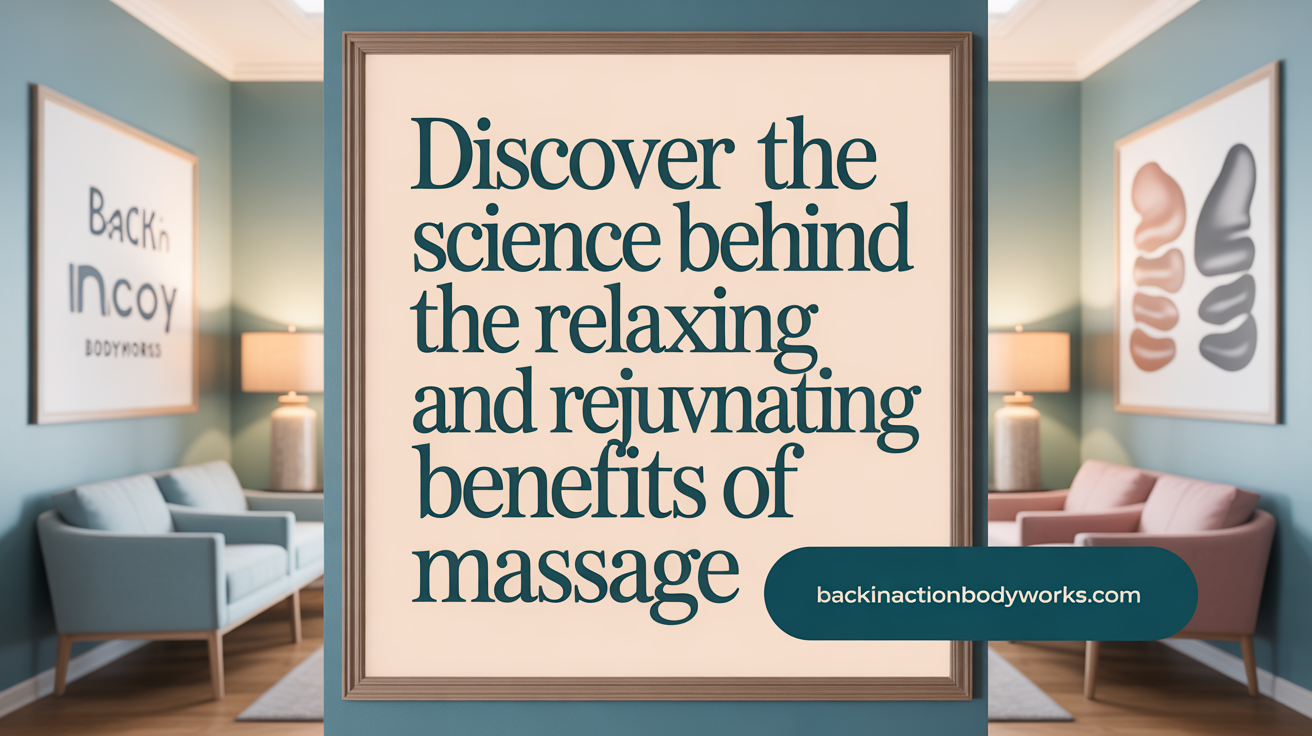
What are some scientific findings that explain the psychological advantages of massage therapy?
Research has shown that massage therapy triggers several biological and neurological processes that boost mental well-being. One major mechanism involves the activation of the parasympathetic nervous system, which promotes a calm state, decreases heart rate, and reduces blood pressure. This shift from the stress-response (fight-or-flight) mode helps clients feel more relaxed and less anxious.
Significant evidence also highlights changes in neurochemical pathways. Massage increases the production of mood-enhancing neurotransmitters such as serotonin, dopamine, and oxytocin. These chemicals are associated with feelings of happiness, bonding, and emotional stability. Simultaneously, massage reduces cortisol, the primary stress hormone, which contributes to anxiety and depression.
Further studies reveal improvements in heart rate variability, a marker of autonomic nervous system balance, indicating better resilience to stress. Decreased cortisol levels and enhanced neurochemical balance together provide a scientific basis for massage's capacity to alleviate symptoms of depression, anxiety, PTSD, and chronic stress.
Psychologically, massage helps improve body image and self-perception, reducing negative thoughts. It also has calming effects on the brain regions involved in emotional regulation and stress responses. In vulnerable groups, such as pregnant women, youth, and individuals with post-traumatic stress disorder, massage supports emotional processing, reduces aggression, and promotes a sense of safety and calm.
Supporting research demonstrates that these biochemical and neurological effects translate into real benefits. Many studies report mood improvements of 30-50%, reduced symptoms of anxiety, and better sleep quality, all critical for mental health. These findings collectively substantiate massage therapy as a scientifically backed complementary approach for mental wellness.
Supporting Research on Mental Health
- Multiple peer-reviewed articles document increases in serotonin and dopamine following massage.
- Research shows reductions in cortisol levels, with some studies indicating decreases of up to 31%.
- Clinical trials reveal improvements in heart rate variability and emotional regulation.
- Studies involving vulnerable populations confirm massage's role in reducing trauma-related symptoms and enhancing overall mental resilience.
Final Thoughts on Emotional Healing through Massage
Therapeutic massage emerges as a powerful ally in nurturing emotional and mental health. By reducing stress hormones, enhancing mood-regulating neurotransmitters, and facilitating emotional release, massage therapy supports recovery from mental health challenges including anxiety, depression, and trauma. Its ability to physically and psychologically relax the body, improve sleep, and foster a deep sense of well-being affirms its role as a holistic treatment. As scientific research continues to validate these benefits, integrating therapeutic massage into wellness routines offers an accessible path to emotional balance, resilience, and a more joyful life.
References
- Benefits of massage therapy - Mayo Clinic Health System
- 4 Mental Benefits of Massage Therapy
- Beyond the Physical: Massage Therapy for Emotional Health - AMTA
- Mayo Clinic explores: The role of massage therapy for mental health
- Mental Health Benefits of Massage - Elements Massage - Simi Valley
- The Emotional Benefits of Massage Therapy
- Therapeutic Massage: Physical and Mental Health Benefits
- Massage Therapy Styles and Health Benefits - WebMD
Recent articles
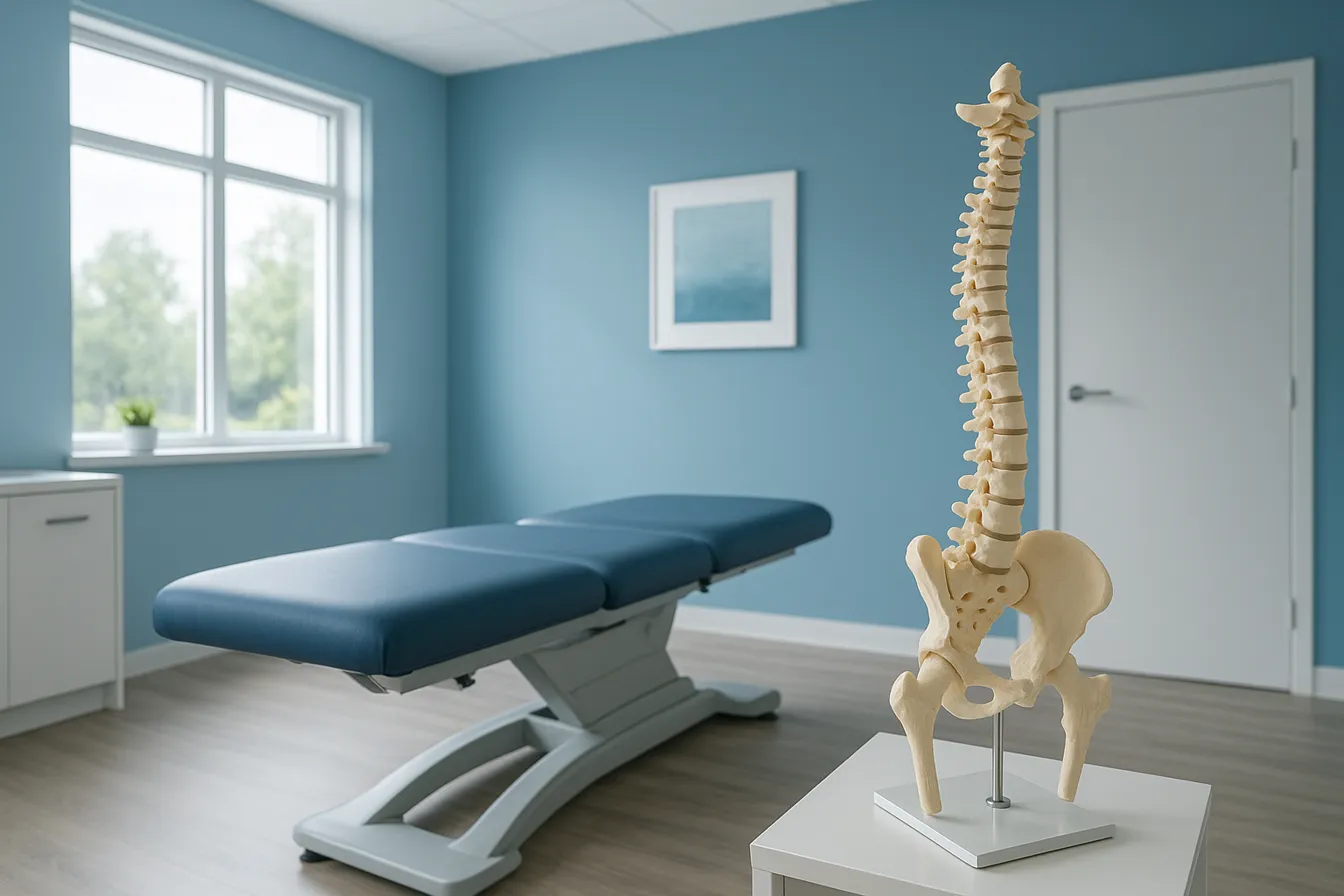
Chiropractic Care: Key Benefits for Managing and Preventing Back Pain
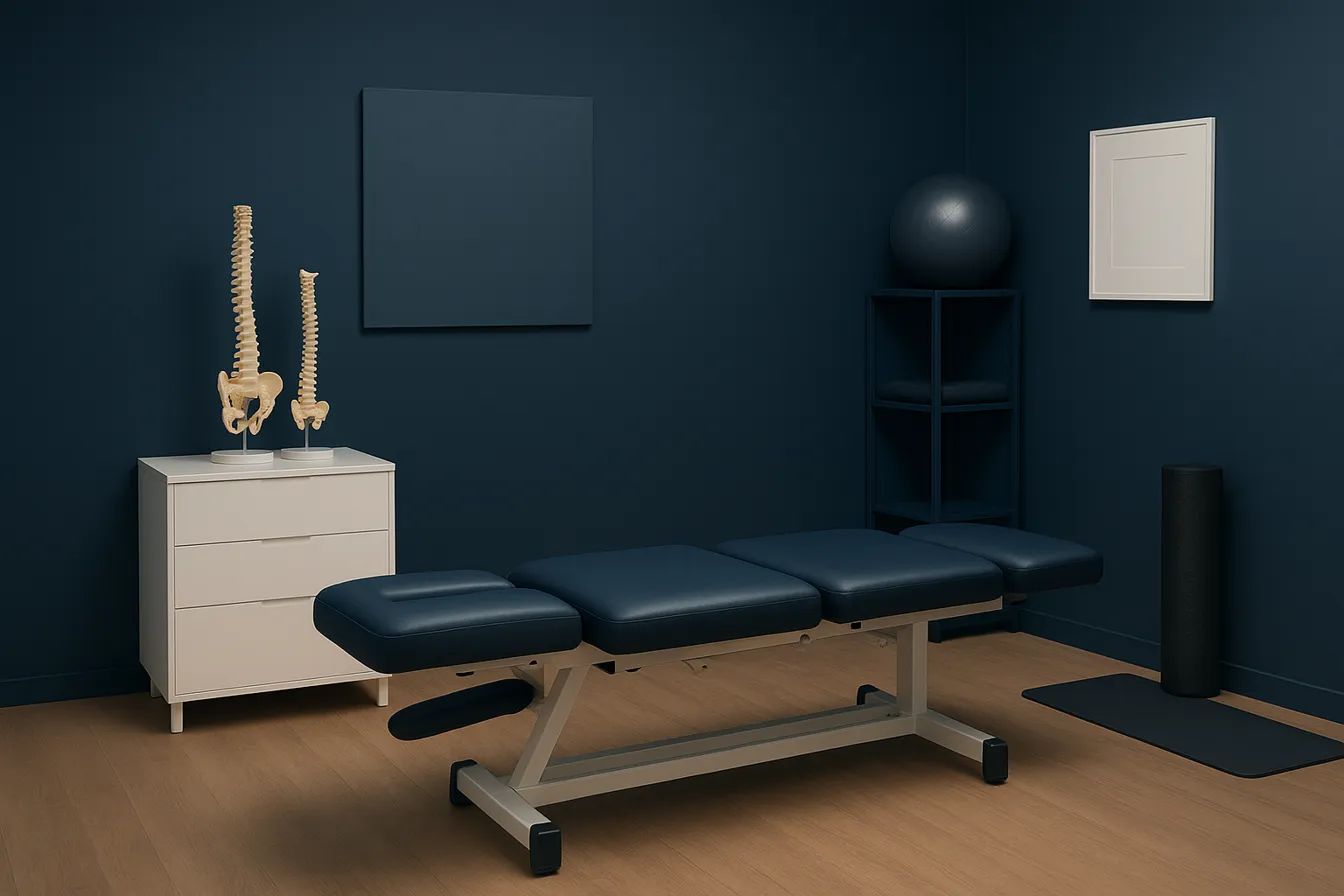
Corrective Exercises That Support Long-Term Relief from Sciatica
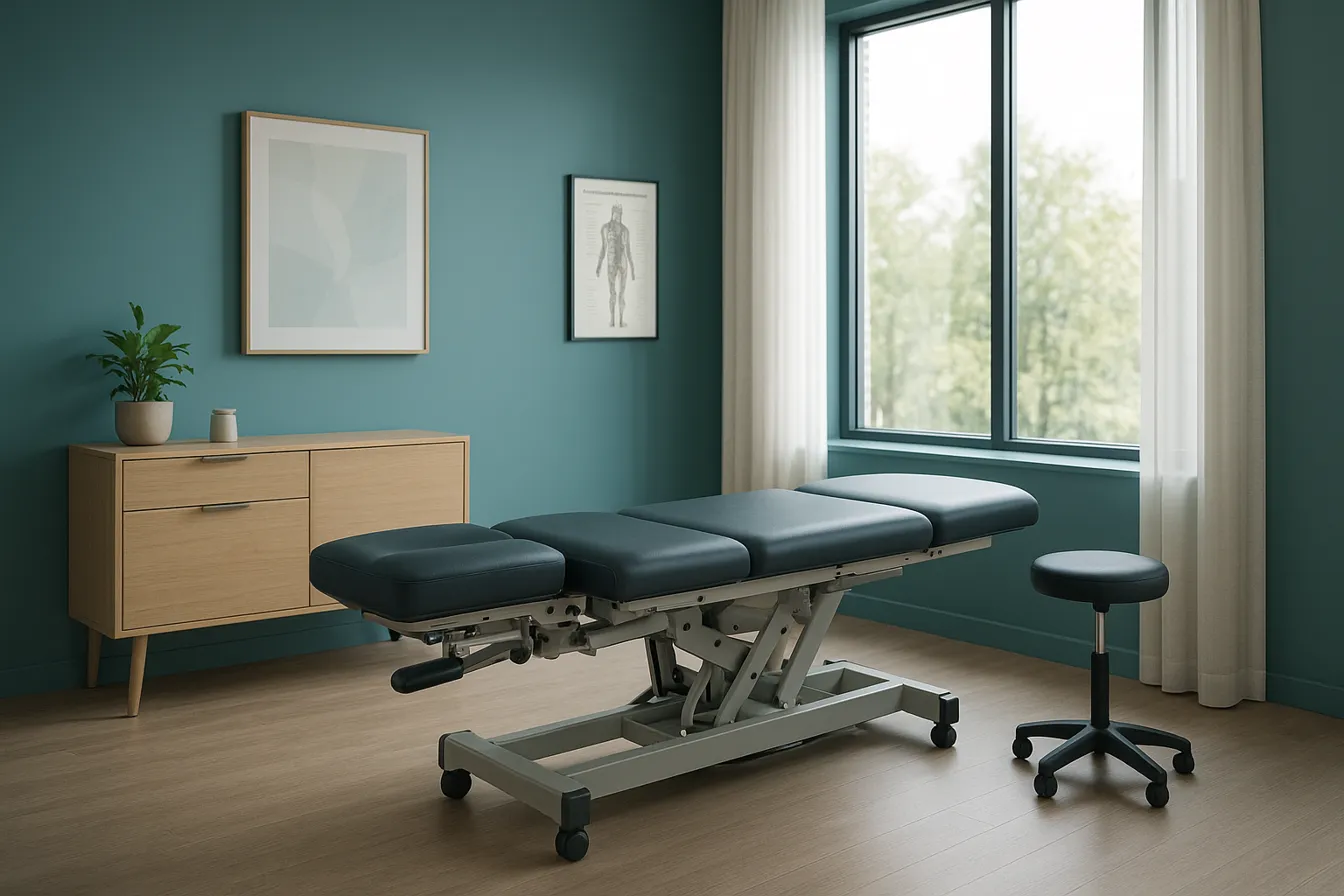
Chiropractic Methods That Provide Lasting Relief from Back Pain
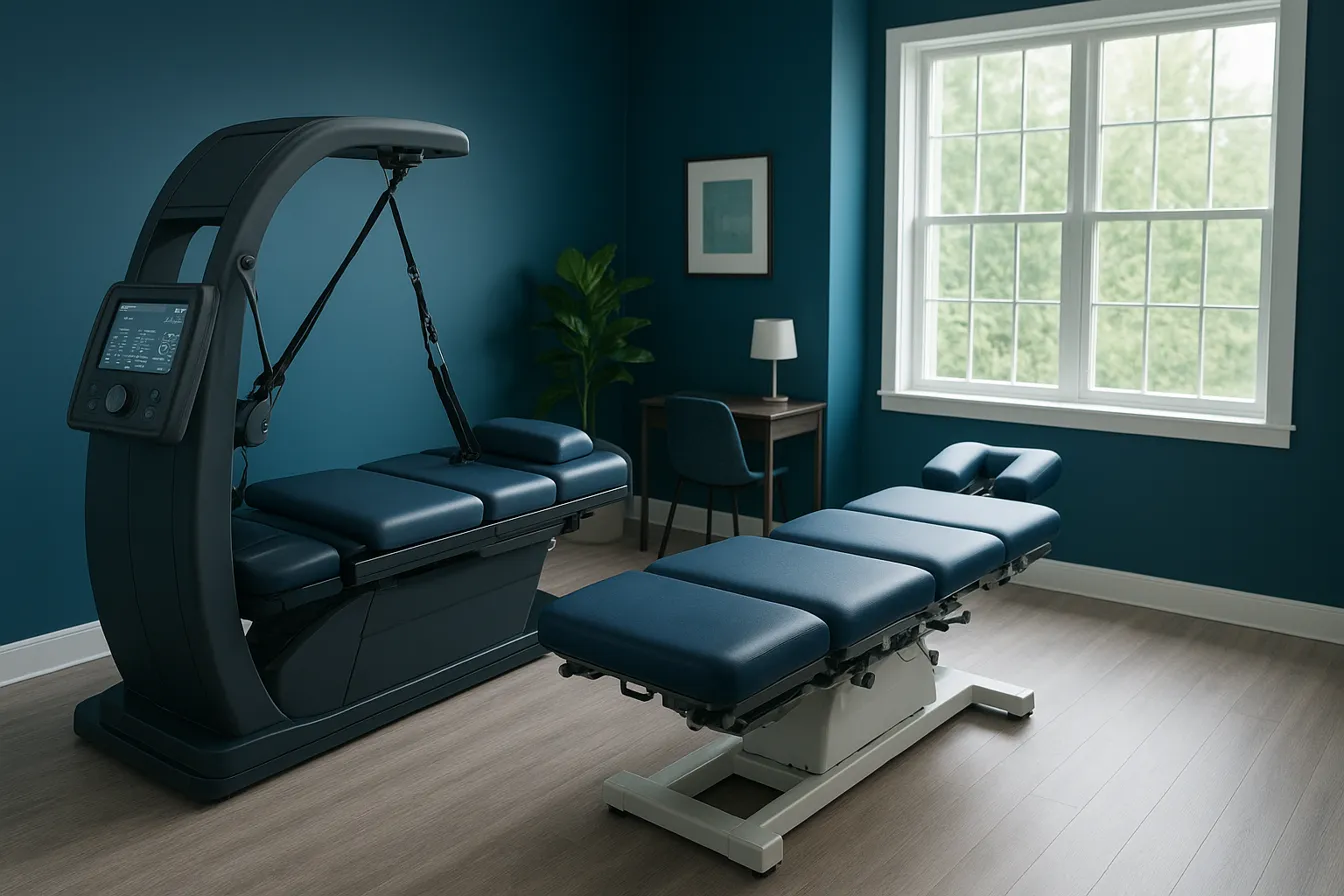
Understanding Spinal Decompression and Its Benefits for Sciatica

Real Patient Testimonials: Success Stories in Chiropractic Care

Top Questions to Ask Your Chiropractor During Your Initial Visit
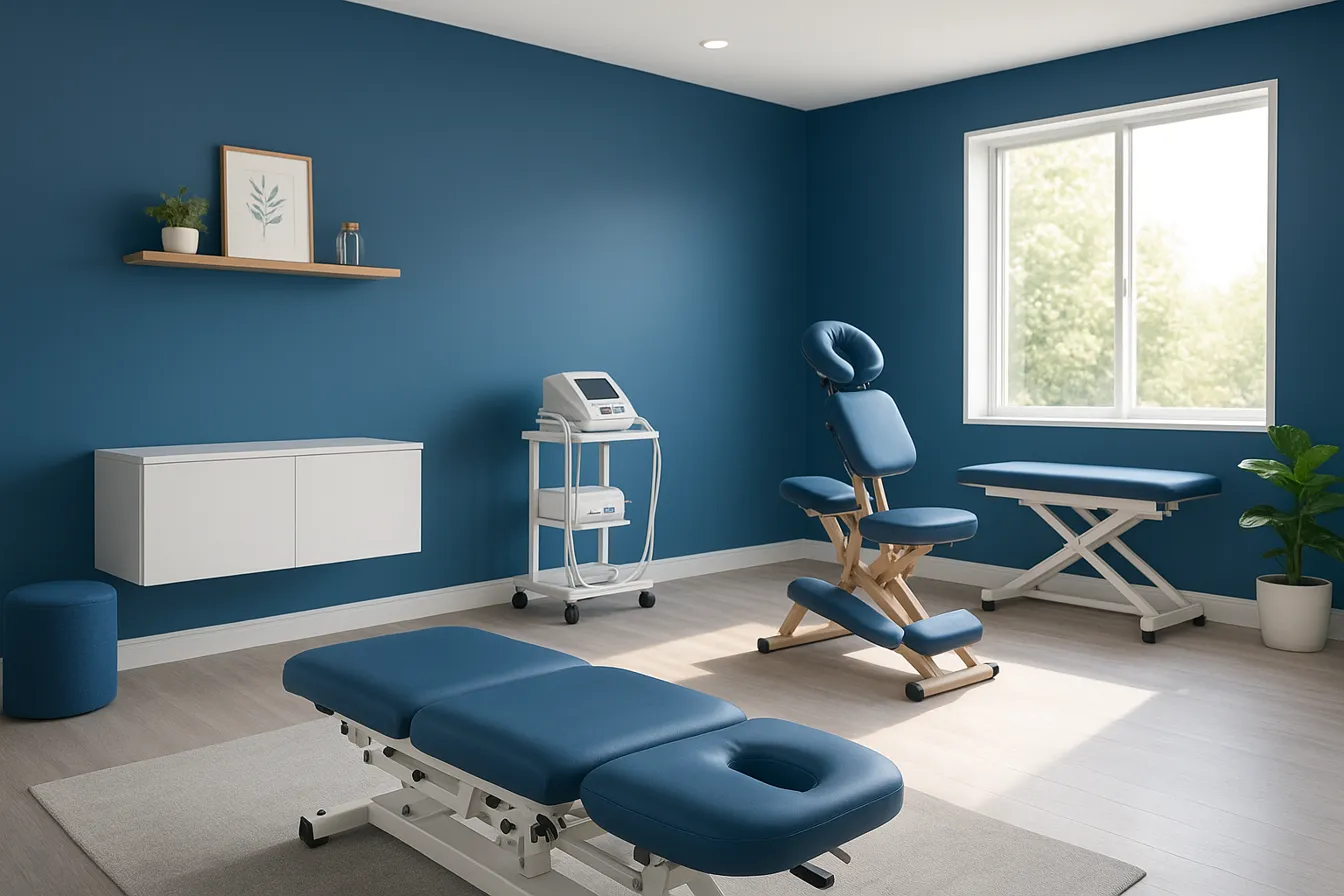
Physiotherapy's Role in Supporting Chiropractic Treatment Plans

The Role of Diet and Nutrition in Enhancing Wellness and Chiropractic Care

Inspiring Patient Testimonials Highlighting Chiropractic Success

Chiropractic Care: A Natural Solution for Back Pain Relief

Amazing Patient Success Stories in Chiropractic Wellness

Combining Physiotherapy and Chiropractic for Optimal Healing

Spinal Decompression Therapy: A Breakthrough for Sciatica Sufferers

5 Holistic Treatments That Complement Chiropractic Care

How Physiotherapy Supports and Enhances Chiropractic Treatment

Root Cause Versus Symptom Treatment: Making the Right Choice

7 Essential Things to Know Before Choosing Your Chiropractor

Why Addressing Root Causes of Pain Matters More Than Just Symptoms

Nutritional Counseling Strategies to Boost Your Overall Wellness

How Spinal Decompression Therapy Alleviates Sciatic Nerve Pain

Long-Term Pain Relief Through Targeted Corrective Exercises

10 Benefits of Integrating Physiotherapy with Chiropractic Treatments

Corrective Exercises That Help Prevent Recurring Pain

8 Corrective Exercises Proven for Lasting Pain Relief

Lifestyle Habits for Maintaining a Healthy Spine

What You Will Experience at Your Initial Chiropractic Visit

What Happens at Your First Visit to a Chiropractor?

Focusing on Root Cause Analysis for Effective Pain Relief
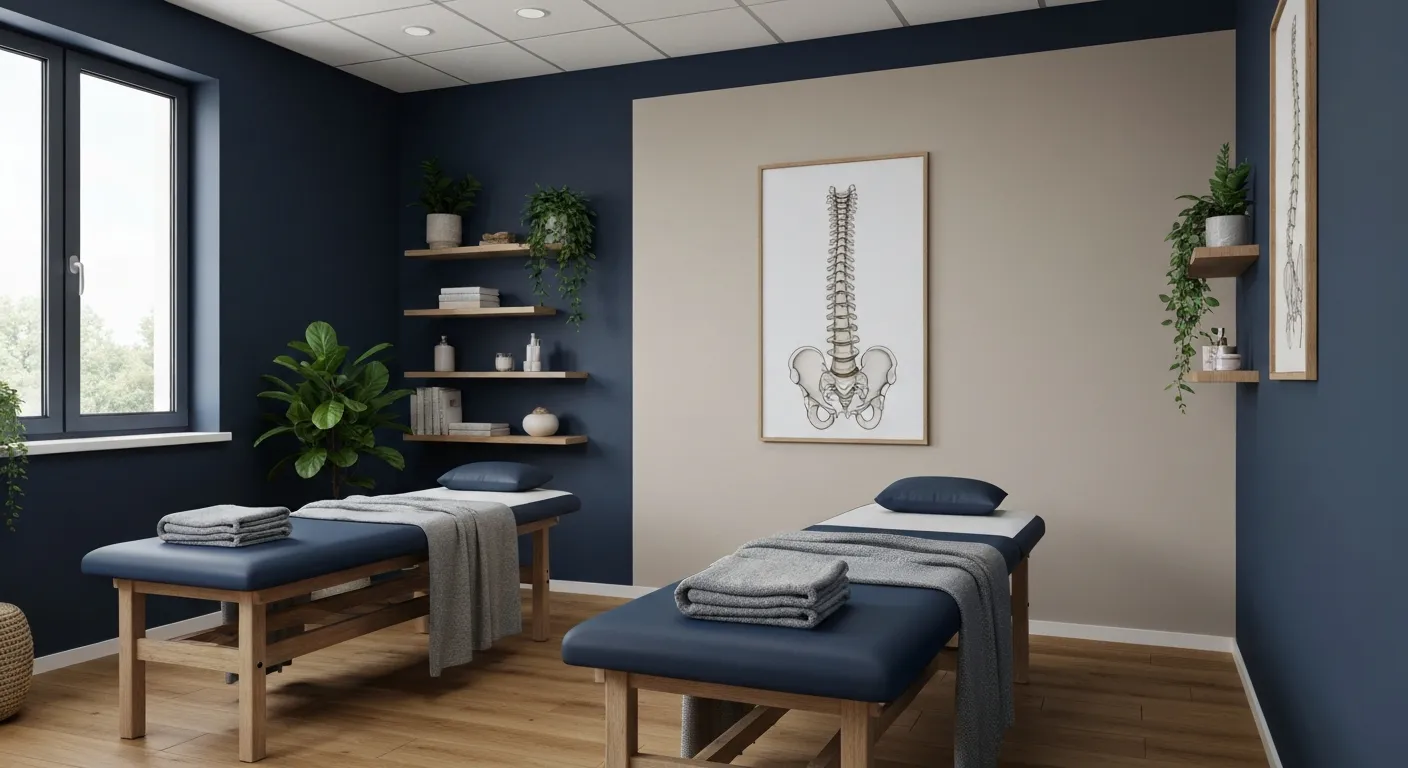
Tips for Lifestyle Changes to Support Spinal Health

Tips for Lifestyle Changes to Support Spinal Health

Holistic Treatment Plans: Alternatives to Surgery for Chronic Pain

Enhance Wellness Through Personalized Nutritional Counseling

Non-Invasive Pain Relief: Exploring Holistic Treatment Alternatives

Sciatica Relief Through Targeted Spinal Decompression

Integrating Physiotherapy with Chiropractic Treatments for Better Results

Testimonials That Demonstrate the Benefits of Chiropractic Care

The Power of Corrective Exercises in Pain Management

A Step-by-Step Guide to Your Initial Chiropractic Consultation

9 Nutritional Tips to Enhance Your Chiropractic Wellness Journey

Patient Experiences: How Chiropractic Care Changed Their Lives

Lifestyle Recommendations to Keep Your Spine in Top Shape

Effective Corrective Exercises for Long-Term Pain Relief

Back Pain Benefits: What Chiropractic Care Can Do for You

Spinal Decompression Techniques for Effective Sciatica Relief

Top Nutritional Counseling Tips for Enhanced Wellness

6 Lifestyle Habits That Boost Spine Health Daily

Discover Holistic and Non-Surgical Pain Relief Solutions

Exploring Holistic and Non-Surgical Treatment Options for Pain

The Role of Physiotherapy in Enhancing Chiropractic Care Outcomes

Complementing Chiropractic Care with Physiotherapy: What You Need to Know

What to Expect During Your First Chiropractic Visit

Simple Lifestyle Adjustments to Maintain a Healthy Spine

Personalized Nutritional Counseling for Improved Health Outcomes

Exploring Non-Surgical Treatments for Spine-Related Conditions

An Introduction to Spinal Decompression for Sciatica Patients

Transformative Success Stories: Patient Experiences with Chiropractic Treatments

Why Chiropractic Care Is Essential for Back Pain Relief

Addressing Underlying Causes Versus Symptom Management in Pain Care

The Role of Nutrition in Enhancing Chiropractic Treatment Effectiveness

Sciatica Treatment Options: Is Spinal Decompression Right for You?

Lifestyle Tips to Maintain a Healthy Spine and Prevent Back Issues

The Synergy Between Physiotherapy and Chiropractic Treatments

What Happens During Your Initial Chiropractic Consultation

Effective Corrective Exercises for Sustainable Pain Management

Taking a Root Cause Approach to Chronic Pain Management

Holistic Pain Management Techniques Without Surgery

How Patient Success Stories Validate Chiropractic Care Benefits

Spinal Decompression: Innovative Treatment for Sciatic Nerve Pain
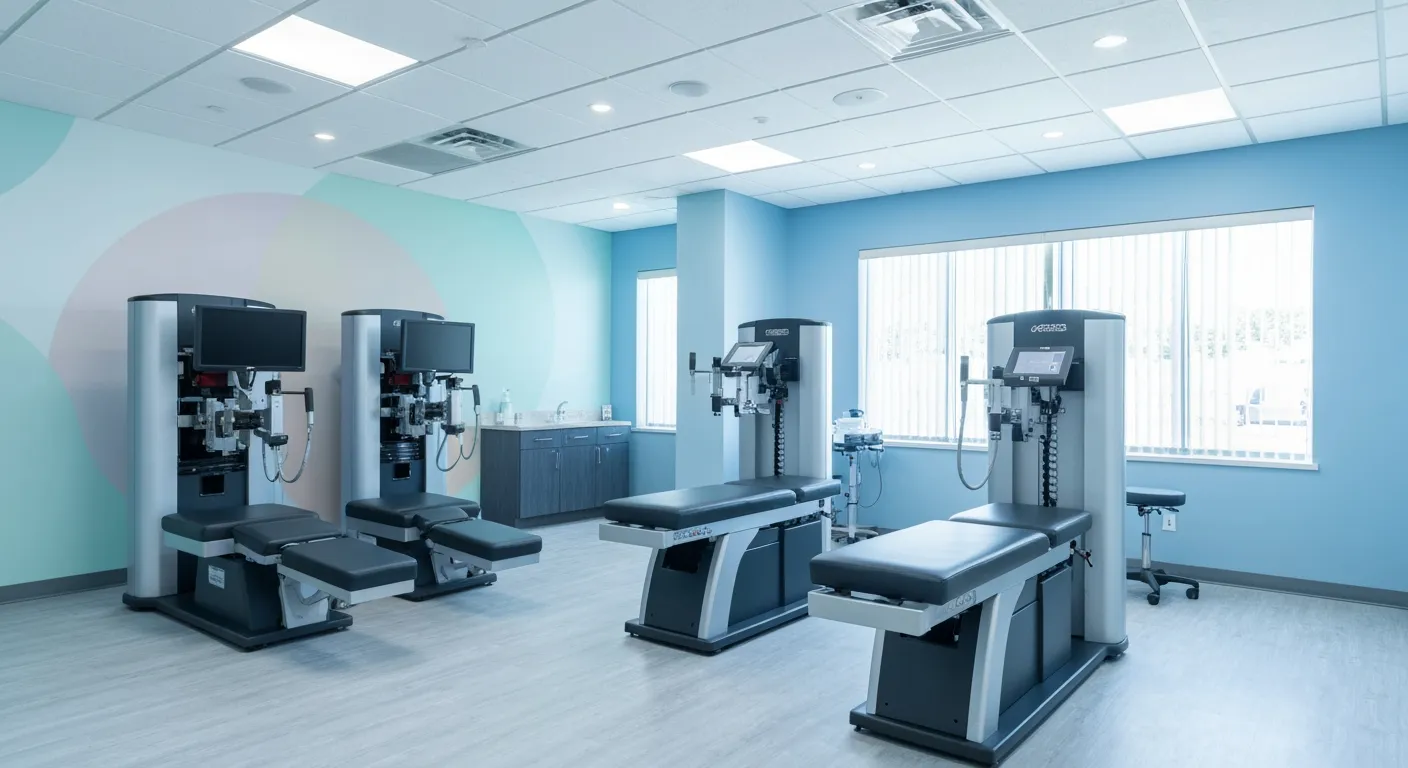
Spinal Decompression Therapy: A Non-Invasive Approach to Sciatica Relief

Exploring Holistic Approaches Beyond Surgery for Pain Relief

Practical Lifestyle Advice to Support a Healthy Spine Every Day

Corrective Exercise Routines Designed for Long-Term Pain Prevention

Real Patient Stories: Overcoming Chronic Pain with Chiropractic Care

Lifestyle Changes That Promote a Healthy Spine and Prevent Injury

How Addressing the Root Cause of Pain Leads to Lasting Relief

Non-Surgical Holistic Therapies to Manage Chronic Pain Effectively

Nutritional Counseling's Impact on Physical Health and Healing

Benefits of Regular Chiropractic Care for a Stronger Back

Your First Chiropractic Visit: What to Expect and How to Prepare

Patient Experiences: How Chiropractic Care Transformed Their Lives

Exploring Holistic, Non-Surgical Options for Pain Management

Combining Physiotherapy with Chiropractic Treatments for Enhanced Recovery

Holistic Treatments That Offer Alternatives to Surgery for Pain Relief

Corrective Exercise Strategies for Long-Term Spine Health
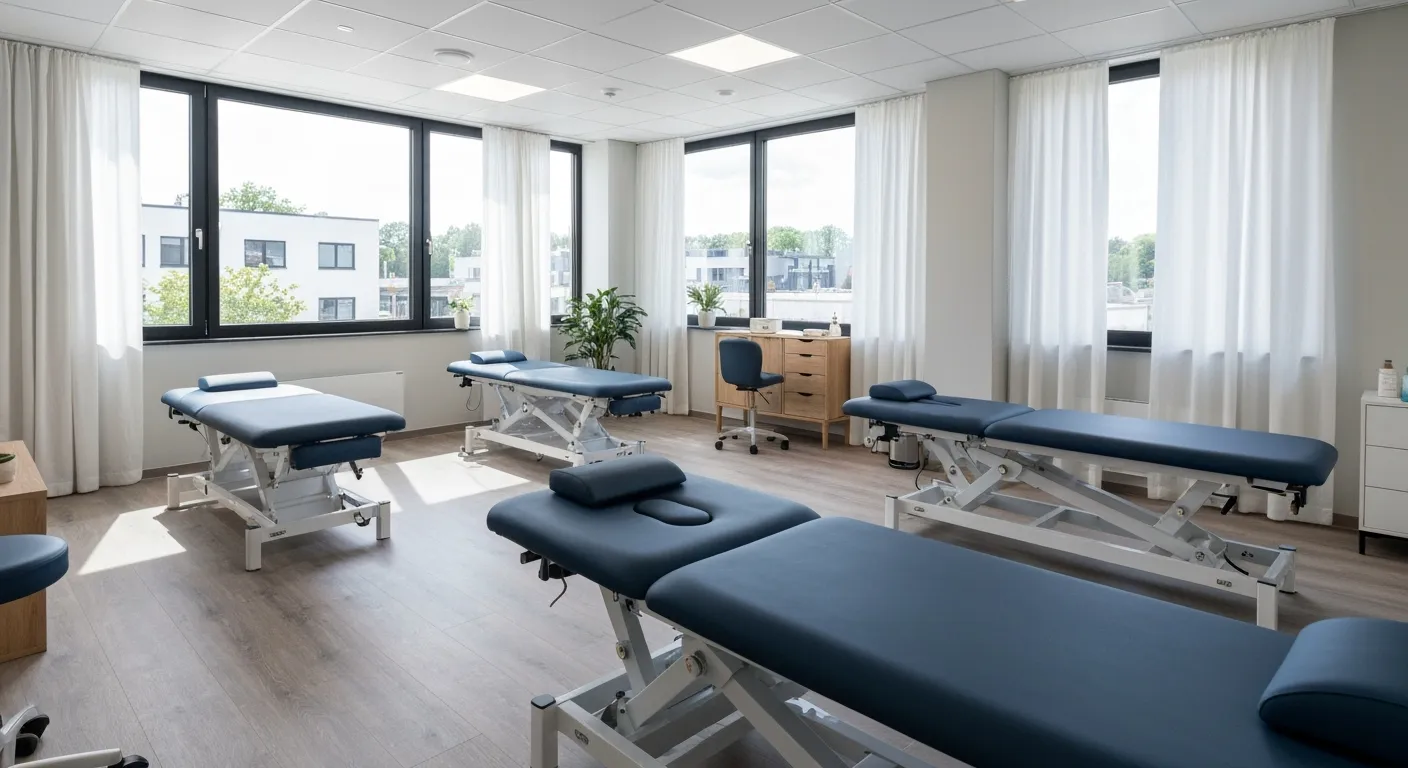
How Physiotherapy Complements Chiropractic Adjustments for Better Outcomes

First-Time Chiropractic Visitors: What You Should Know

Understanding the Importance of Treating Pain at Its Source

Adopting Lifestyle Changes to Support Your Spine's Wellness

Utilizing Physiotherapy to Enhance Chiropractic Treatment Outcomes

The Key Advantages of Chiropractic Care for Back Pain Sufferers

Why Focusing on Root Causes Improves Pain Treatment Success

Corrective Exercises That Promote Lasting Pain Relief and Mobility

Sciatica Relief Through Targeted Spinal Decompression Techniques

Preparing for Your First Chiropractic Appointment with Confidence

Healthy Lifestyle Habits for Maintaining Spinal Alignment

Success Stories Highlighting Chiropractic's Role in Pain Recovery

Top Benefits of Chiropractic Care for Chronic Back Pain

Nutrition Tips to Boost Your Overall Wellness and Recovery

How Chiropractic Care Alleviates Back Pain Naturally

